Marco Impagliazzo: ‘If Europe Renounces Solidarity, It Denies Itself’
Exclusive Interview with President of the Community of Sant'Egidio
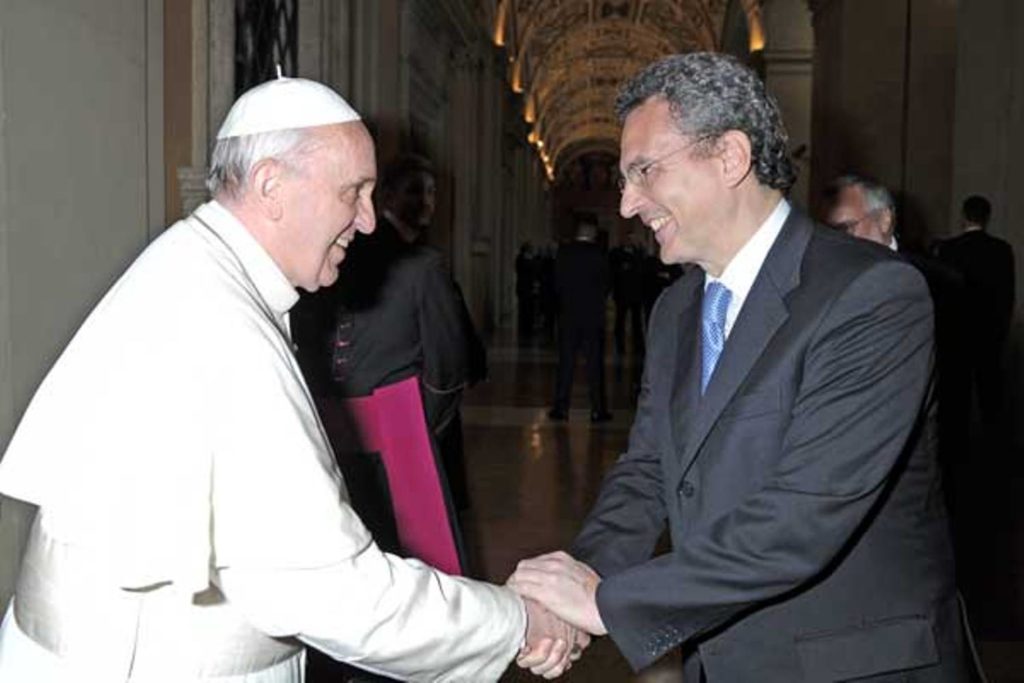
The Community of Sant’Egidio, founded in Rome in 1968, present today in various European countries and throughout the world, has raised an alarm.
In an exclusive, wide-ranging interview with Exaudi, the President of the Community, Marco Impagliazzo, warns that the consequences of the pandemic will be “tragic” for the world’s poor, but however reflects “we recorded a significant growth in solidarity, with numerous volunteers including many young people, who turned to us, to help.”
In the interview, the Community’s President also discusses migration, the pandemic, the “Spirit of Assisi” and more.
On Oct. 6-7, in Rome, presuming the health situation allows it, the Community will hold its annual meeting of global religious leaders, in the presence, perhaps, of Pope Francis, to address “two great issues of the post-pandemic,” defined by Impagliazzo as: “universal fraternity and care for the environment.”
Marco Impagliazzo also describes the experience of the humanitarian corridors, which saved almost 4,000 refugees from the hands of human traffickers; with regard to migration between the world’s north and south, he stigmatizes the propaganda that speaks of “alleged invasions”; tells the work of the Community with the poor struggling with lockdowns; and speaks of the “School of Peace” opened five years ago by Sant’Egidio in the heart of a New York City borough, the Bronx.
Below is his conversation with Exaudi:
****
EXAUDI: During a recent Angelus address, Pope Francis affirmed that the Mediterranean has become ‘Europe’s largest cemetery.’ Even as news of shipwrecks and deaths continues to arrive from the waters between Africa and Europe, the policy of European countries, regardless of what political party is leading the government, seems still to be indifferent to this tragedy. Why? How is this possible?
MARCO IMPAGLIAZZO: Unfortunately, the policies of different European countries often have too short a breadth in face of what, instead, is a long-lasting structural phenomenon, as are the migrations from the south to the north of the world. Governments end up being too conditioned by the opinions of their electorates and, often, myopic solutions prevail, at times influenced by the propaganda spread by the web, which talks about alleged “invasions.” In this scenario, often sight is lost of solidarity, mercy and humanity, sentiments that aren’t passing emotions but true pillars of the civilization. Europe built them over the centuries and cannot deny them without denying itself. It’s necessary to come out of the logic of the pure containment of the phenomenon. In any case, over the last months some positive signs have emerged that could lead to a change, such as the request to surpass the Dublin Treaty, and talks have begun again, after so many years, to reopen regular entry flows: it’s necessary to work on these openings.
EXAUDI: A few years ago, the Community of Sant’Egidio began to help facilitate the arrival of refugees in Europe through the so-called “humanitarian corridors,” which enable them to travel safely and be welcomed in Italy, and not only in Italy, with a plan for their integration into the society of the country receiving them. In your opinion, is this migration model, if you will, replicable on a large scale?
MARCO IMPAGLIAZZO: The humanitarian corridors were born, in fact, out of a sentiment of indignation in face of the shipwrecks and the unacceptable deaths of men, women and children in the Mediterranean Sea. Up to now, they have saved migrants from traffickers and have begun integrating over 3,700 refugees. Carried forward by Sant’Egidio with different allies, from the Italian Evangelical Churches (in particular the Waldensians) to the CEI [Italian Episcopal Conference] and now replicated successfully in France, Belgium, Andorra and San Marino, the humanitarian corridors are an adoptable model on a large scale in all the European States and, why not, also outside of Europe. I would also like to recall that, thanks to the commitment of our Mexico City Community, eight Guatemalan children, who were blocked in Mexico, were able to reach their families in the United States.
EXAUDI: The experience of the humanitarian corridors also demonstrates that reception isn’t enough if there isn’t the concrete possibility to integrate those that arrive. However, it’s also true that, when the arrivals are too many, integration becomes impossible. In your opinion, how is the proper balance achieved?
MARCO IMPAGLIAZZO: The first question to be posed is that, in face of such a complex phenomenon — which closely concerns the destiny of thousands of people — can a just balance be found? It seems to me that, up to now, there has only been an unjust balance, in virtue of which some nations have perched themselves in a phobic way to defend their borders. And to think that, in many cases, this regards countries affected by the worrying phenomenon of a decreased birth rate and progressive aging population. This said, the integration of migrants would be more orderly and manageable if the States convinced themselves not only to adopt the model of the humanitarian corridors but also reopen regular entry flows for work reasons — of which businesses and families are in extreme need — in addition to fostering family reunifications and return to the system of sponsorship by associations, businessmen and private citizens.
EXAUDI: A few weeks ago, the press reported that October 6 – 7, the Community of Sant’Egidio will organize a special meeting in Rome of monotheist religions, with the leaders of these religions, along with international political and cultural representatives. Some had foreseen Pope Francis’ presence. Can you elaborate?
MARCO IMPAGLIAZZO: After the historic Day of Prayer for Peace of world religions, on October 27, 1986 in Assisi, willed by Saint John Paul II, the Community of Sant’Egidio chose to continue to cultivate the spirit with annual events in different European cities, from 1987 through the present. Taking part in them are leaders of religions together with exponents of the world of culture, with whom a solidary network was created over time that, in respect of differences, believes firmly in the necessity to work and pray for peace. Last year, because of the restrictions dictated by the pandemic, the event — which normally lasts three days — was held on only one afternoon in the Campidoglio (Rome’s Capitol) with the presence of Pope Francis, of Patriarch Bartholomew and of many other authoritative Christian, Jewish, Muslim leaders and those of other religions. It was a very significant event, precisely because it was held at the height of the pandemic. The message was: “no one saves himself alone.” This year, if the health conditions allow it, the meeting will last two days, October 6 and 7, with some round tables and a common Prayer for Peace, in the heart of Rome. The title is: Fratelli Tutti, Terra Futura [Brothers All, Future Earth]. They are the two great themes of the post-pandemic: universal brotherhood and care of the environment. We hope that Pope Francis and Patriarch Bartholomew will also be able to participate this year. And we are also counting on the presence of the Grand Imam of Al Ahzar, Al Tayyeb, protagonist with the Pope of the Document on Human Fraternity signed at Abu Dhabi in February of 2019, and of Chancellor Merkel, a great European figure of reference.
EXAUDI: On October 4, instead, there will be– in view of the UN Conference of Glasgow in November on climate change (COP26) –, a meeting in the Vatican with scientists, world religious leaders and probably Pope Francis, to talk about the climate emergency and the role of the great religions to address it. Is there is a link with the event of which we spoke earlier, promoted by the Community of Sant’Egidio?
MARCO IMPAGLIAZZO: Not in organizational terms, but certainly in ideal terms because the climate emergency and the great environmental topic have now been for some years, in fact, at the center of the reflections and initiatives of the religious leaders that meet annually in the “Spirit of Assisi.”
EXAUDI: Meanwhile the pandemic has caused serious economic crises everywhere, which will weigh especially on the poorest. For more than a year, with the spread of the pandemic, news arrives from all over the world of economies in recession, growth in unemployment, impoverishment … How has the Community of Sant’Egidio, given its historic and constant commitment to the poor, addressed this?
MARCO IMPAGLIAZZO: The long friendship we have built over the years with the poor has made us understand how necessary it is to give an immediate response to those in need. Not only because there was the need to respond to concrete questions as that of food, but also because the lockdown determined a situation of dangerous isolation for many people. One knows this just thinking of the homeless and elderly. The Community was activated as it could. In Rome alone, the centers of food distribution went from 3 to 28 and the parcels triplicated. However, together with the increase in poverty we also witnessed a significant growth of solidarity with many volunteers, among them many young people, who turned to us to be able to help. The economic effects of the pandemic worldwide are certainly worrying. Our Community, which is also present in Africa and in Latin America, has seen the consequences, sometimes tragic, not counting the fact that in many countries COVID-19 still claims many victims.
EXAUDI: The Community of Sant’Egidio has a substantial concentration in Rome, but is throughout Italy and Europe. Some may not be aware though that for some time, it has also been present in the Bronx, one of New York’s neighborhoods. How did this presence develop? Can you tell us something about it?
MARCO IMPAGLIAZZO: The Community is present in several areas of Manhattan and in other American cities. For five years it has had a “school of peace” in the Bronx with dozens of primary school children of this area of New York, which still has many problems. Majority of the families are of Hispanic origin. Children study and are educated about peace; they grow together in a very different atmosphere from that of violence, which often dominates this enormous district of close to one million inhabitants. We help them know the heart of the city: the Metropolitan Museum of Art, the UN… They are made to feel like full citizens, where they leave behind a forced marginalization and fighting against prejudices.
In the United States, as in Italy and elsewhere, the Community is at the side of the elderly that are alone, especially those that live in nursing homes, and the homeless. In regard to the latter, great care is taken in the distribution of food and clothes, but there is also accompaniment for their reinsertion in American society. In America also, and as is the style of Sant’Egidio, all this is made possible by the strength of prayer and listening to the word of God.
EXAUDI: The Vatican’s Dicastery for the Laity, Family and Life has just published a decree that establishes and mandates term limits in governing Ecclesial Movements. How have you received the decree? And what do you think is its inspiration?
MARCO IMPAGLIAZZO: The Pontifical Dicastery for the Laity, Family and Life has convoked moderators and leaders of the Movements, New Communities and Associations in mid September to reflect further on subjects of the Decree to which you refer. Beyond the formulas of the Decree, it must be understood better in what way these decisions can accompany the life of these realities. It’s a complex and delicate task because it’s about realities that are so different among themselves by history, organization and experience. There are realities of consecrated persons and others that are totally made up of lay people. Their vocation is often so different and is manifested in ways of spiritual life and of commitment in the society, which are rich and varied. For Sant’Egidio, it’s a question of remaining faithful to those 3 P’s that Pope Francis indicated to us on the occasion of the Community’s 50th anniversary: prayer, poor, peace.
EXAUDI: Heartfelt thanks, Marco, for taking the time.
Related
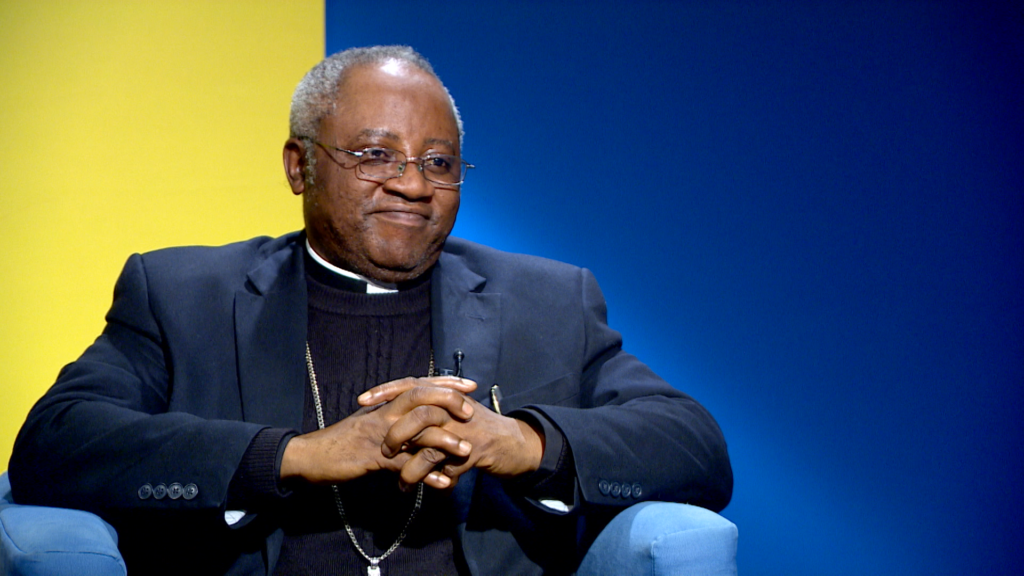
Despite hardships, Christianity is growing “astronomically” in northern Nigeria
Ayuda a la Iglesia Necesitada
10 April, 2025
3 min
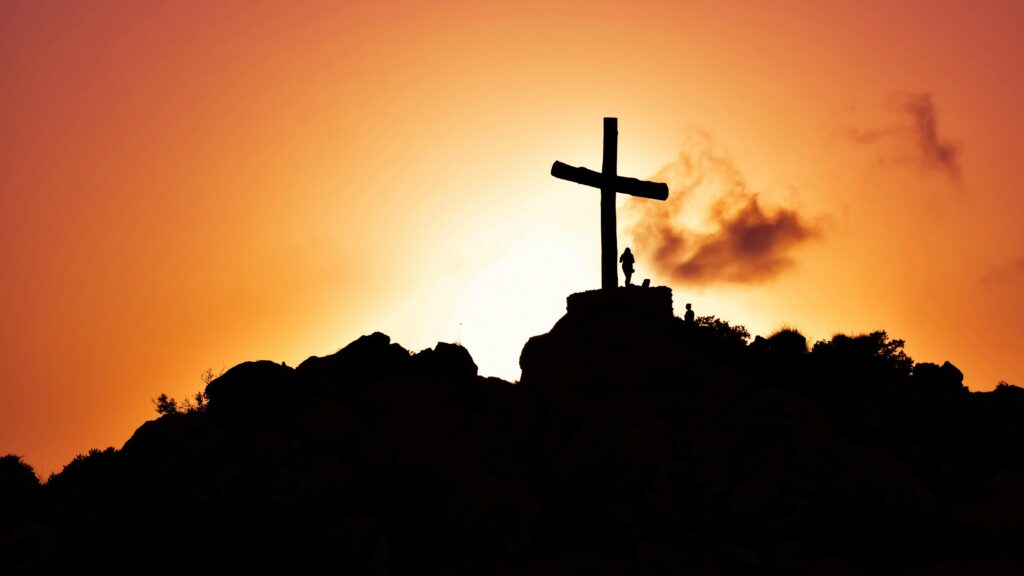
“Christianity, a Powerful Engine of Social Transformation”
Exaudi Staff
09 April, 2025
3 min
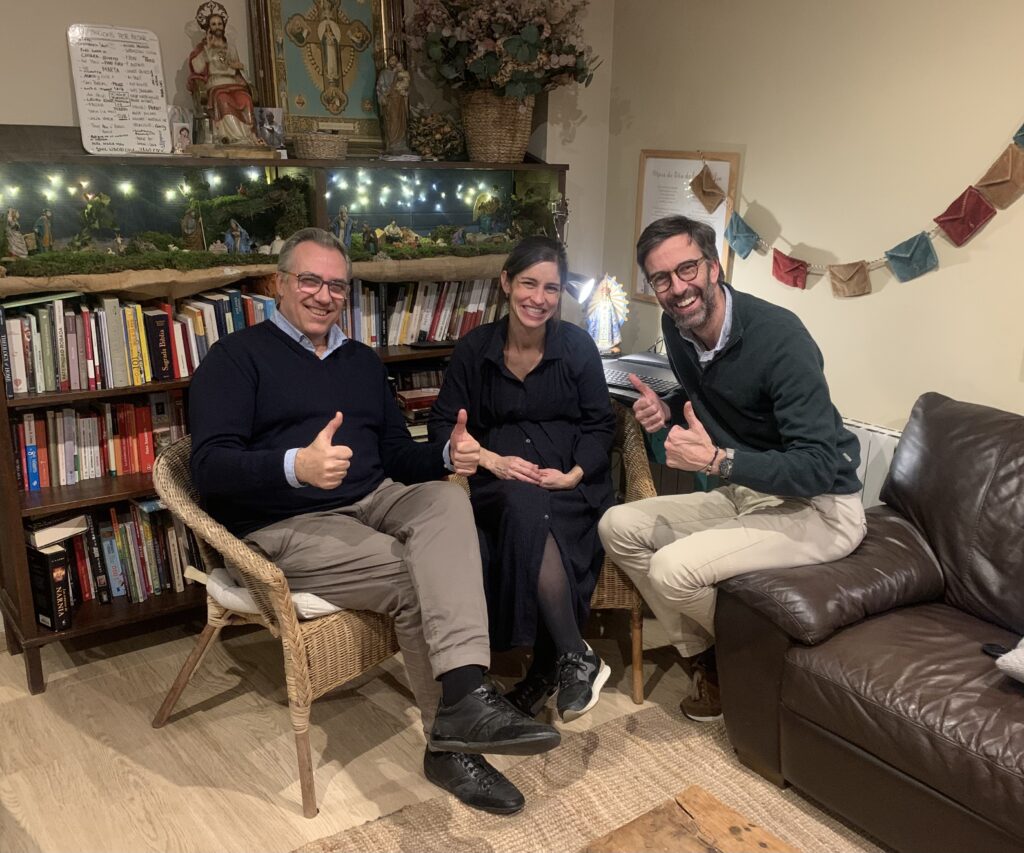
Let God be God
Albert Cortina
11 March, 2025
25 min
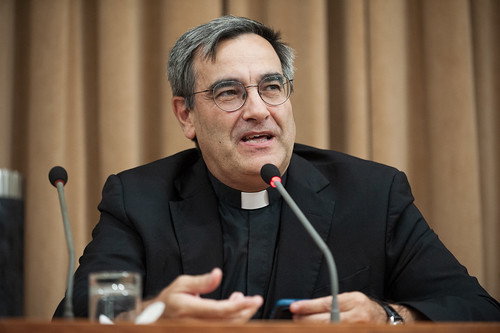
Fernando Puig, new rector of Santa Croce
Fundación CARF
19 February, 2025
6 min
 (EN)
(EN)
 (ES)
(ES)
 (IT)
(IT)

